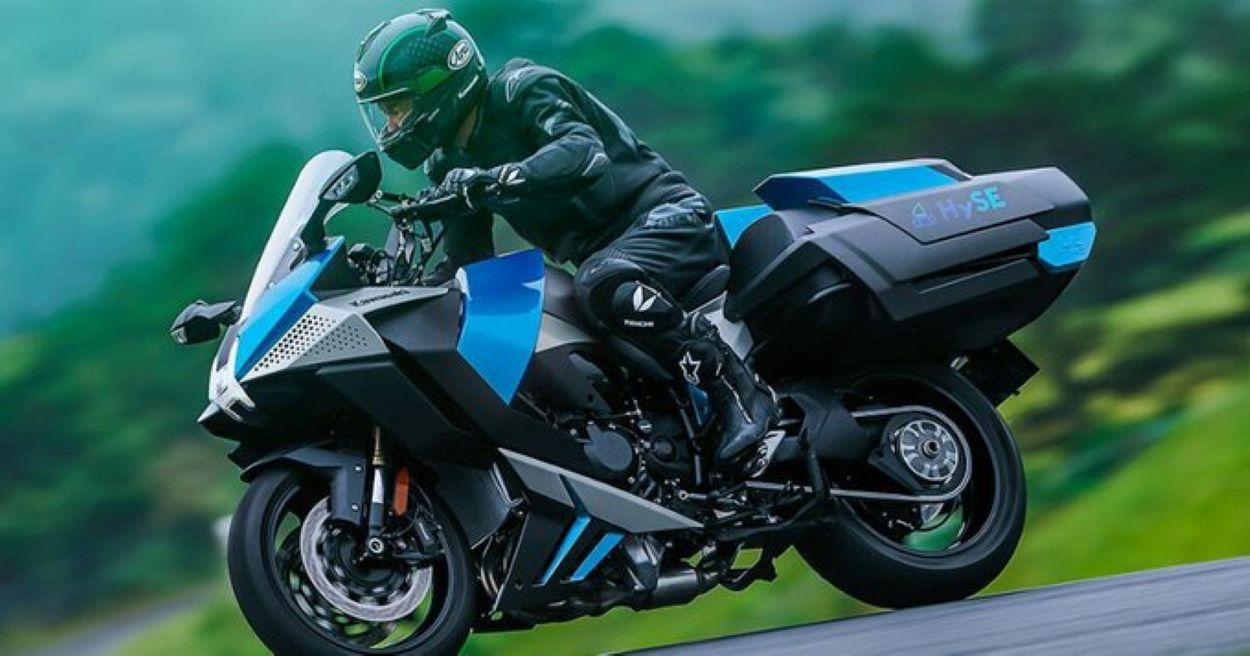Kawasaki Motors Ltd. is set to introduce the Ninja H2 SX, the world’s first hydrogen-powered motorcycle, signalling a shift toward more sustainable high-performance bikes.
The Ninja H2 SX premiered in July at the Suzuka 8 Hours Road Race. It features a hydrogen fuel tank behind the seat, representing an innovative, environmentally friendly alternative to traditional gasoline bikes while maintaining the classic motorcycle experience.
Hydrogen engines combust fuel nine times faster than gasoline, enabling smoother acceleration through more efficient combustion. Unlike quieter electric models, they preserve motorcycles’ beloved sounds and vibrations.
Kawasaki plans to electrify all its models by 2035, considering hydrogen engines vital for this transition. Although these engines produce no CO2 emissions, they present challenges such as larger fuel tanks, combustion risks, and regulatory hurdles for road usage.
Development is in preliminary stages, yet Kawasaki targets practical deployment by the early 2030s. Other Japanese manufacturers, such as Honda, Yamaha, and Suzuki, collaborate with Kawasaki to advance hydrogen engine technology for potential use in motorcycles and small vehicles.
Major corporations like Toyota are also exploring hydrogen technology for various transportation modes, including ships, trains, and potentially aeroplanes.
As Kawasaki strives to improve its market position despite sluggish sales, the move toward hydrogen-powered motorcycles could mark a significant breakthrough for the company and the industry. It aligns with the increasing global demand for eco-friendly transportation options.






